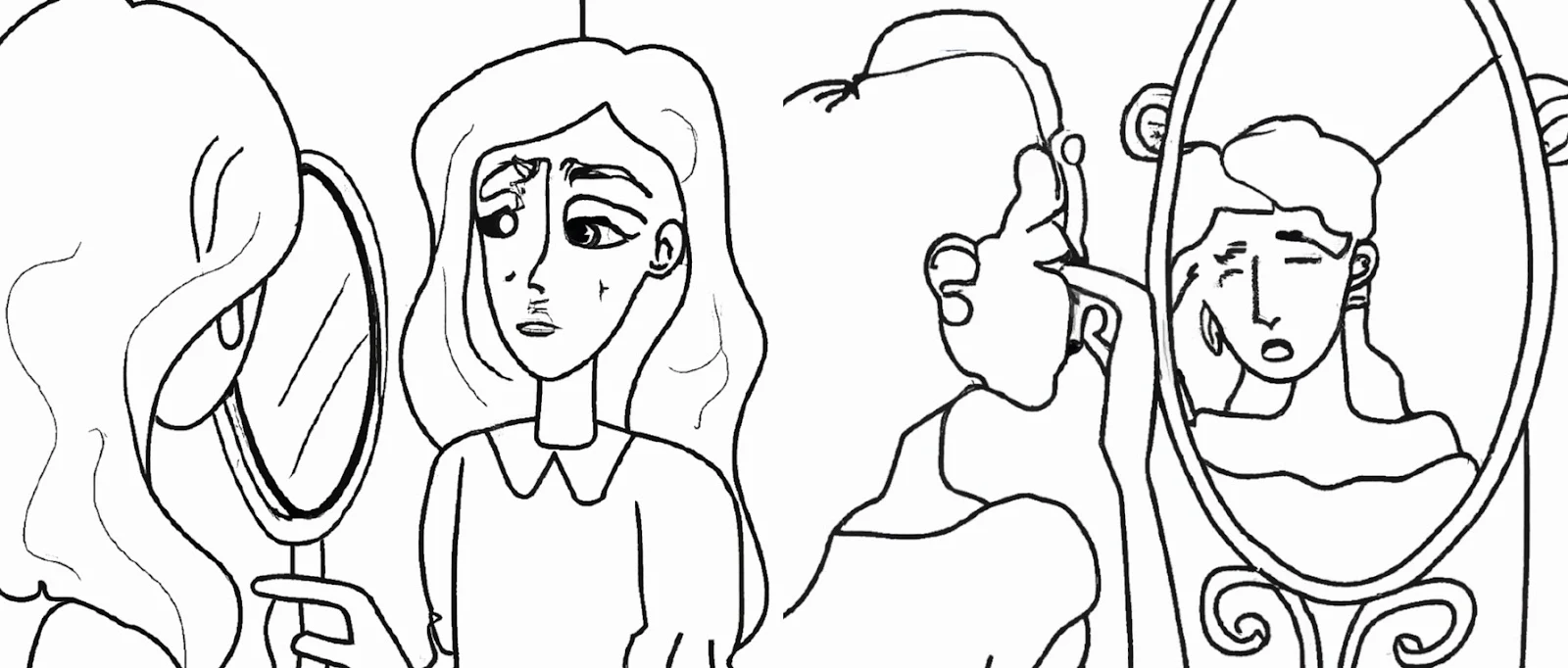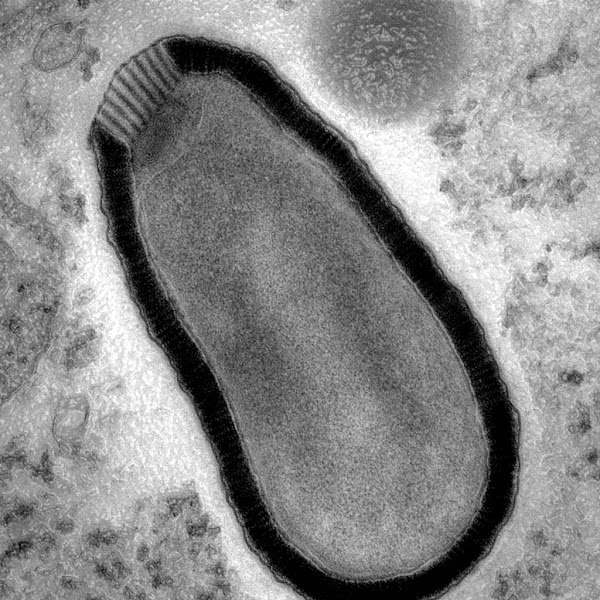What is body dysmorphia (BDD)?
Body dysmorphi, or body dysmorphic disorder (BDD), also known as body dysmorphia, is a mental health disorder in which you can't stop thinking about one or more perceived defects or flaws in your appearance — a flaw that appears minor or can't be seen by others. But you may feel so embarrassed, ashamed, and anxious that you may avoid many social situations.
When you have body dysmorphic disorder, you intensely obsess over your appearance and body image, repeatedly checking the mirror, grooming or seeking reassurance, sometimes for many hours each day. Your perceived flaw and the repetitive behaviors cause you significant distress and impact your ability to function in your daily life.
Common features of BDD include:
- Preoccupation with Physical Appearance: People with BDD spend significant amounts of time thinking about their appearance and what they perceive as flaws.
- Perceived Flaw: While any part of the body can be involved, concerns most often involve the face or head, such as the skin, hair, nose, eyes, or lips. However, the perceived flaw might be nonexistent or barely noticeable to others.
- Repetitive Behaviors: Common behaviors include excessive mirror checking, grooming, comparing appearance with others, wearing excessive makeup or clothing to camouflage the perceived flaw.
- Seeking Surgery: Some people with BDD seek cosmetic procedures or surgeries to "fix" their perceived flaws, but are often unhappy with the results.
- Social and Functional Impairment: The concerns about appearance and the associated repetitive behaviors often lead to significant distress and impairment in social, occupational, or other areas of functioning.
It's worth noting that BDD is not a result of vanity or a concern with societal standards of beauty, but a mental health disorder. The disorder often starts in the early teenage years and it affects both males and females. BDD often co-occurs with other mental health disorders, such as major depressive disorder, obsessive-compulsive disorder, and anxiety disorders.
What causes body dysmorphic disorder?
The exact cause of body dysmorphic disorder (BDD) isn't known. Similar to many other mental illnesses, it's likely a combination of biological, psychological, and environmental factors.
- Biological Factors: Certain genetic and neurobiological factors - such as changes in brain structure or neurochemistry - may play a role. Researchers are still investigating how these might contribute to the development of BDD.
- Psychological Factors: Individuals with certain personality traits or psychological disorders, such as perfectionism or anxiety disorders, might be more susceptible to developing BDD. Low self-esteem, societal pressure or expectations about beauty, and fear of being rejected or isolated can also contribute.
- Environmental Factors: Experiences like childhood neglect or abuse, bullying, or excessive teasing about appearance could increase the risk of developing BDD. Cultural influences that emphasize the importance of physical appearance can also contribute.
These factors are potential contributors to BDD, but they don't guarantee that someone will develop the disorder. Similarly, someone without these risk factors could still develop BDD. It's a complex disorder that likely involves multiple interacting factors, and further research is needed to understand its causes fully.
What are the risk factors for body dysmorphic disorder?
Body dysmorphic disorder (BDD) is a complex condition and likely involves the interaction of multiple factors. Here are some potential risk factors that might make a person more likely to develop BDD:
- Biological Factors: Some studies suggest that individuals may be genetically predisposed to developing BDD, particularly if they have a close family member who has BDD or obsessive-compulsive disorder (OCD).
- Age: BDD often develops in adolescents and teens, a time when people are generally more sensitive about their appearance.
- Gender: Both men and women develop BDD, but it may present differently. For instance, women may focus more on skin, stomach, weight, legs, buttocks, and excessive body hair. Men may focus more on body build (muscle dysmorphia), genitals, hair thinning, and excessive body hair.
- Psychological Factors: Certain personality traits or mental health disorders might increase the risk. For example, individuals with perfectionistic tendencies, or who have anxiety disorders, depression, or eating disorders might be at a higher risk.
- Childhood Experiences: People who've experienced bullying, abuse, or neglect during their childhood might be at higher risk. Teasing or criticism about appearance can be particularly impactful.
- Sociocultural Influences: Living in a culture or society that emphasizes and values physical appearance can contribute to the development of BDD.
Having one or more risk factors doesn't guarantee that an individual will develop body dysmorphic disorder. Conversely, someone can develop BDD without any apparent risk factors. If you or someone else is showing symptoms of BDD, it's important to seek professional help.











